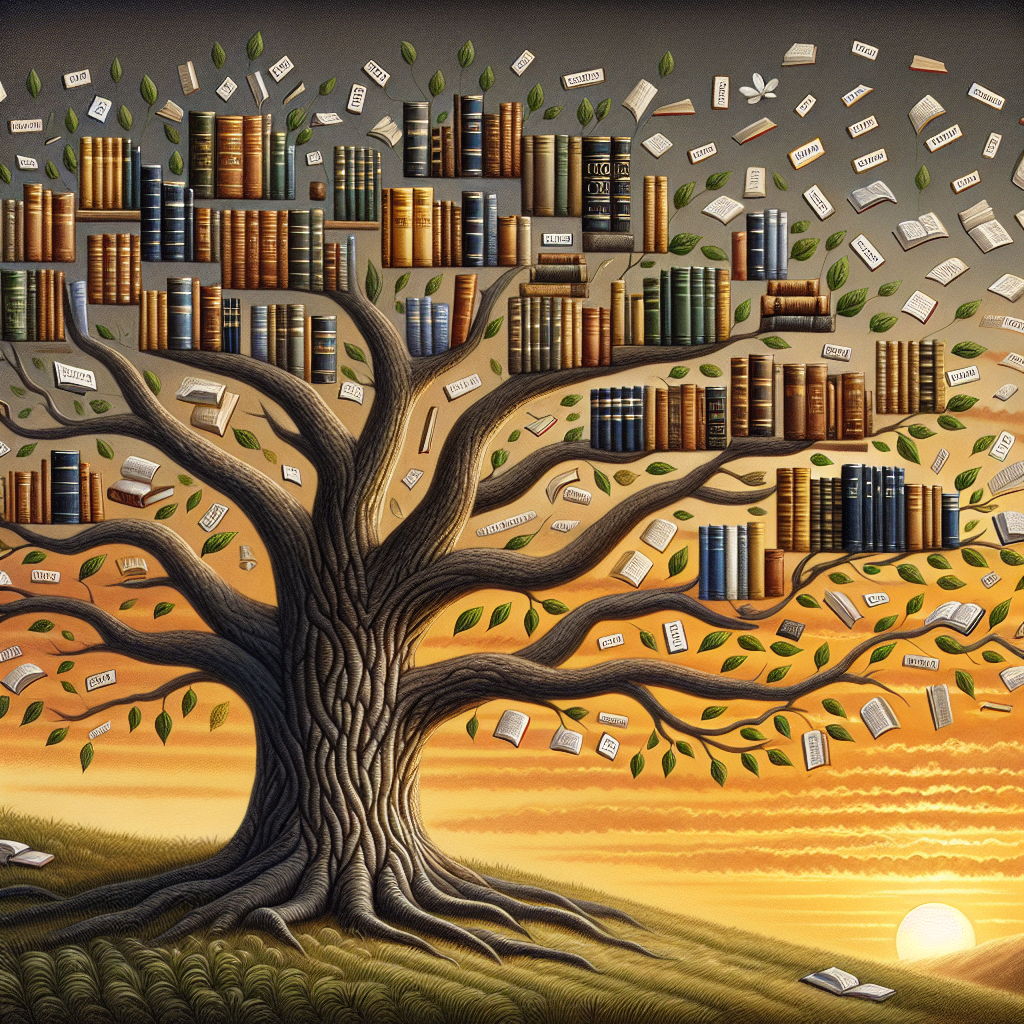Your cart is currently empty!
How Paperback Books Have Shaped the Modern Publishing Industry

Paperback books have played a significant role in shaping the modern publishing industry. While hardcover books have long been considered the more prestigious format, paperbacks have democratized access to literature and revolutionized the way books are produced, distributed, and consumed.
One of the key ways in which paperback books have influenced the publishing industry is through their affordability. Paperback books are typically much cheaper to produce than hardcovers, which makes them more accessible to a wider audience. This has helped to increase readership and expand the market for books, as people of all income levels can afford to purchase them. This has also led to increased sales and profits for publishers, as they are able to reach a larger customer base.
Additionally, the portability of paperback books has had a significant impact on the publishing industry. Unlike hardcovers, which can be bulky and heavy, paperbacks are lightweight and easy to carry around. This has made it more convenient for readers to take books with them on the go, whether they’re traveling, commuting, or simply reading in bed. This increased convenience has made reading more accessible and enjoyable for many people, further contributing to the popularity of paperbacks.
Paperback books have also had a major influence on book distribution. Because they are cheaper to produce and lighter to transport, paperbacks can be distributed more widely and easily than hardcovers. This has made it possible for books to reach a larger audience, both domestically and internationally. In turn, this has helped to grow the global market for books and has allowed publishers to reach readers in new and diverse markets.
Furthermore, the rise of paperback books has led to the development of new publishing models and formats. For example, the mass-market paperback, which typically features smaller trim sizes and lower-quality paper, has become a popular format for genre fiction and bestsellers. Meanwhile, trade paperbacks, which are larger in size and often printed on higher-quality paper, have become a preferred format for literary fiction and nonfiction.
Overall, paperback books have had a profound impact on the modern publishing industry. Their affordability, portability, and accessibility have helped to increase readership, expand the market for books, and revolutionize the way books are produced and distributed. As the publishing industry continues to evolve, paperback books will likely remain a key player in shaping the future of literature and reading.

Leave a Reply